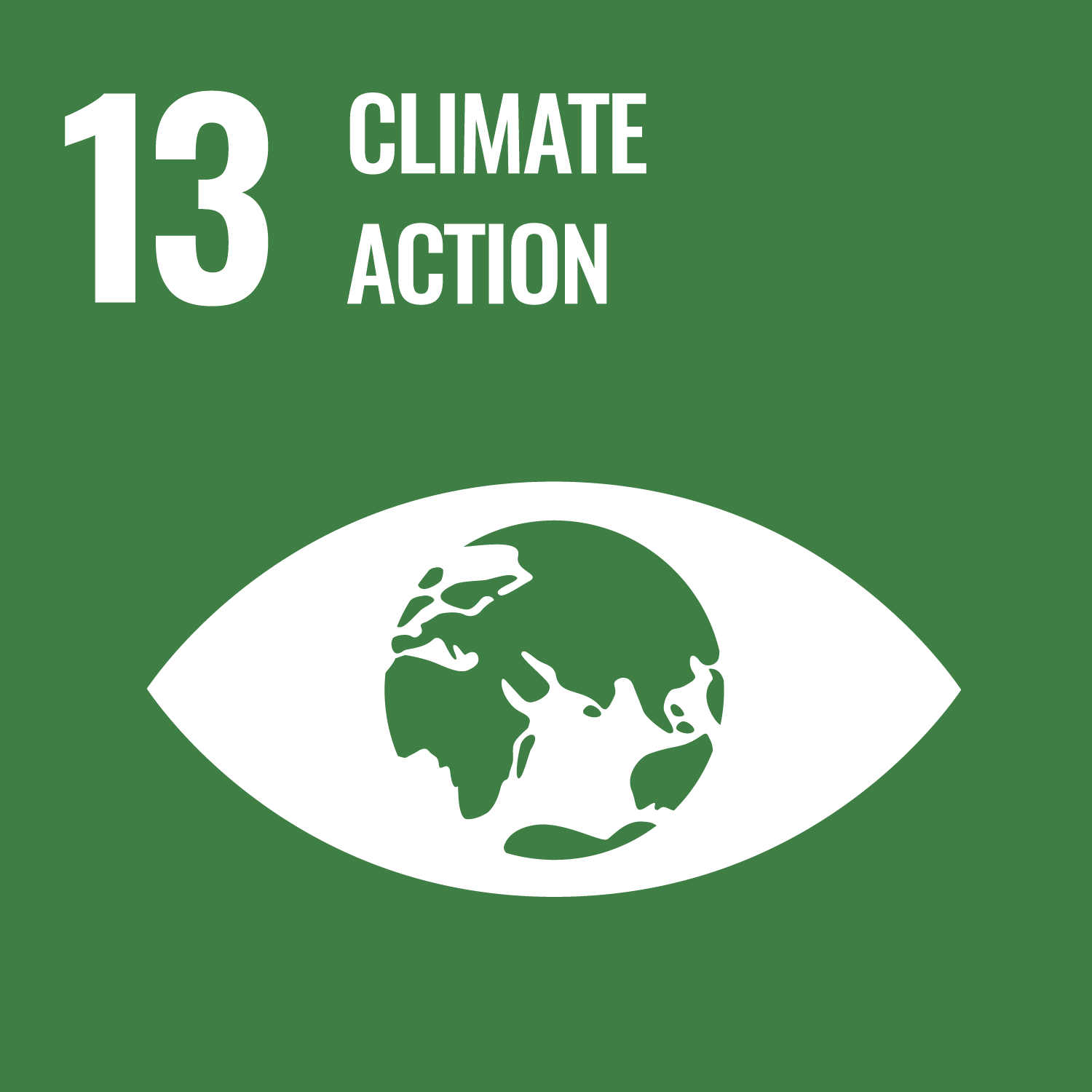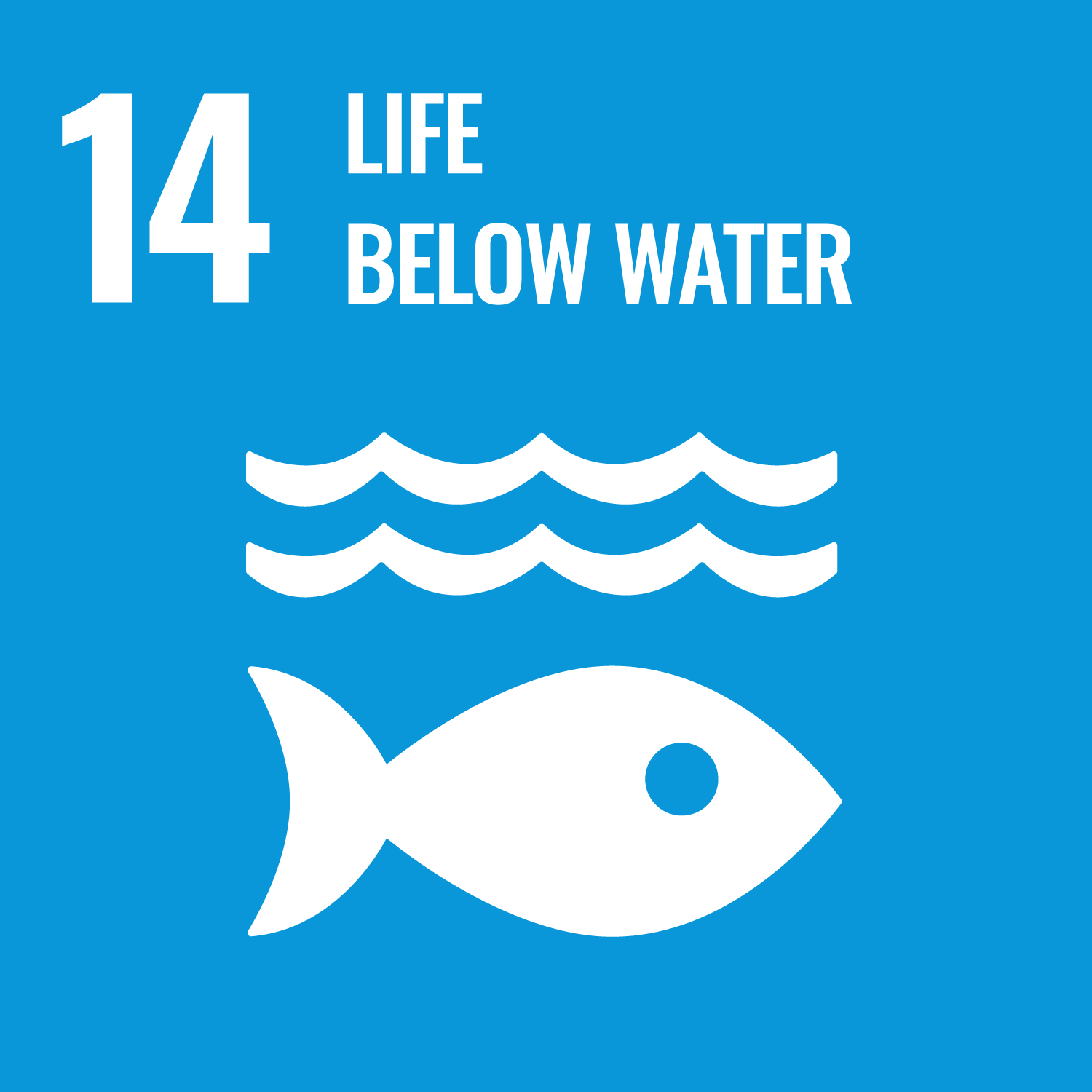ORCID
- David T. Bilton: 0000-0003-1136-0848
Abstract
Temperature significantly impacts ectotherm physiology, with thermal tolerance and metabolic traits typically varying with latitude across species ranges. The drivers of this variation remain unclear, however, despite obvious consequences for population persistence and conservation in the face of ongoing global change. This study explored local adaptation and phenotypic plasticity of metabolic rates and thermal limits in the supratidal rockpool beetle Ochthebius lejolisii. Using populations from localities at different ends of the species range that experience contrasting thermal variability, we simultaneously tested two of the major paradigms of spatial physiological ecology: metabolic cold adaptation (MCA) and the climatic variability hypothesis (CVH). Reciprocal acclimation was conducted under spring temperature regimes of both localities, incorporating local diurnal variation. Metabolic rates were measured by closed respirometry, and thermal tolerance limits estimated through thermography. In line with MCA, the higher-latitude population (colder climate) showed higher metabolic rates and temperature coefficients (Q 10s) at lower temperatures than the lower-latitude population. As predicted by the CVH, the lower-latitude population (more variable climate) showed higher upper thermal tolerance but only the higher-latitude population was able to acclimate upper thermal limits. This result suggests trade-offs between physiological thermal limits and thermal plasticity in this species. A limited acclimation capacity could make populations on Mediterranean coasts especially vulnerable in the face of projected increases in extreme temperatures under ongoing climate change.
DOI Link
Publication Date
2024-08-03
Publication Title
Journal of Thermal Biology
Volume
123
ISSN
0306-4565
Acceptance Date
2024-07-21
Deposit Date
2024-08-20
Funding
Empirical tests have provided mixed support for MCA at the interspecific level (Addo-Bediako et al., 2002; Sokolova and P\u00F6rtner, 2003), something which in part might result from other biological differences amongst species (Messamah et al., 2017). Indeed, factors like size and phylogeny have been highlighted as crucial considerations in the analysis of MCA (Addo-Bediako et al., 2002; Irlich et al., 2009; Messamah et al., 2017). Furthermore, for species that are not easily reared under laboratory conditions, it can be challenging to account for factors such as thermal history, diet, or the age of experimental animals. Comparing metabolic rates between populations of a single species with a wide latitudinal range, using common garden laboratory approaches, is a potentially powerful way around such difficulties (S\u00F8mme et al., 1989; Nylund, 1991; Lardies et al., 2004). To date, however, intraspecific variation in metabolism has received limited attention, despite its importance in understanding geographical variation in performance (Lardies et al., 2004) and the evolution of life-history strategies in different environments (Addo-Bediako et al., 2002).Beetles were held in 150 ml glass jars (ten per population), each containing 30 individuals. Jars were filled with 40 ml of seawater (salinity = 35 g L\u22121) and contained a piece of filter paper and small stones as substrate. Five jars for each population were acclimated to daily cyclic temperature variation of 10\u201314 \u00B0C (mean 12 \u00B0C \u2013 Higher-latitude acclimation, Table S2) following rockpools water temperature data provided in Southward (1958) and Amstutz et al. (2021). The other five jars were acclimated to daily cyclic temperature variation of 20\u201328 \u00B0C (mean 24 \u00B0C - Lower-latitude acclimation, Table S2) following our own measurements in 2019 (HOBO Pendant MX Water Temperature Data Logger). Acclimation was carried out for 8 days, with a 12 h light: 12 h dark photoperiod (Fig. 2), for the Lower-latitude and Higher-latitude acclimations, respectively, using a programmable recirculating water bath (Grant R5 TXF200, Grant Instruments Ltd, UK).We estimated the metabolic rates of individuals from each population and acclimation treatment across a physiologically optimal range of temperature (10-30 \u00B0C). Tests were also conducted at a temperature of 35 \u00B0C, but we discarded them because individuals from both populations died during the experiment. Individuals were deprived of food for 24 h before measurement. Routine metabolic rate was measured using closed respirometry. We used 2 ml respiratory chambers, filled with 1.85 ml of sterile saline solution (35 g L\u22121) previously oxygenated with an air pump. This left an air bubble at the top of the chamber which provided sufficient space for animals to perform aerial gas exchange. A piece of mesh was also inserted along the length of the respiratory chamber for beetles to rest on. Five individuals were introduced into each chamber as it was found in previous studies that oxygen consumption was not detectable with fewer individuals, due to the species\u2019 small size (body length approx. 2 mm). Dissolved oxygen measurements were made at five temperatures (10, 15, 20, 25 and 30 \u00B0C) by immersing the chambers in a water bath (Grant R5 TXF200, Grant Instruments Ltd, UK). Five replicates per test temperature and five blanks (chambers without individuals to control for background respiration) were measured. Beetles were allowed to rest for 20 min before starting measurements to habituate and reach thermal equilibrium. Oxygen consumption in the aquatic compartment was measured at 10-min intervals using micro-optics connected to a Fibox 4 fibre-optic oxygen meter (PreSens instruments, Germany). After two and a half hours, chambers were removed from the thermal baths and individuals dried with absorbent paper and then weighed on a microbalance (precision level of 0.0001g) to obtain fresh mass. The duration of oxygen measurements was previously adjusted so that no mortality occurred and oxygen consumption could be detected.Environmental variability represents a strong selection pressure that results in either thermal adaptation or the evolution of phenotypic plasticity, or a combination of the two; outcomes that depend on an interplay between this variability and organismal traits/evolutionary history. Both theoretical and empirical studies suggest that adaptation to local thermal regimes may shape metabolic responses, thermal tolerance, and physiological plasticity (Stevens, 1989; Addo-Bediako et al., 2002; Burton et al., 2011; Shokri et al., 2022; Dwane et al., 2023), traits that set distributional limits and determine how populations respond to global change. Although usually considered in isolation, MCA and the CVH represent complementary frameworks for interpreting emergent patterns and should be considered together in studies of responses to global change. Our results suggest that local adaptation to climates which differ in both average temperature and thermal variability has driven intraspecific variation in physiological traits in a widely distributed, supratidal water beetle species, providing support for both MCA and the CVH.In terms of metabolic rates, our results were consistent with MCA (Addo-Bediako et al., 2002; Hodkinson, 2003), in contrast to most previous studies of coastal organisms (Sokolova and P\u00F6rtner, 2003; Lardies et al., 2004, 2011; Monaco et al., 2010; Gait\u00E1n-Espitia et al., 2014; Barria et al., 2018), although some other studies do support the hypothesis (see Pulgar et al., 2006; Dwane et al., 2023). Here, the higher-latitude population of O. lejolisii, adapted to a colder climate, showed higher metabolic rates than the lower-latitude population at temperatures within the range experienced in nature during late spring/summer (15-20 \u00B0C). Such cold adaptation could clearly be advantageous for higher-latitude populations, which experience a shorter favourable temperature period for reproduction/development than their lower-latitude counterparts. The elevated metabolic rates we observed would allow high-latitude beetles to meet the high ATP costs of growth and development required for completion of life cycles in the comparatively short growing season in this higher latitude location (Somme and Block, 1991; Gaston and Chown, 1999; Addo-Bediako et al., 2002). In contrast, at lower latitudes with warmer climate, O. lejolisii reproduces and develops during most of the year, being able to have at least three generations per annum (Velasco et al., 2022). In this case, high metabolic rates are less important, and could indeed incur \uFB01tness costs associated with rapid growth (Addo-Bediako et al., 2002; Lardies et al., 2004).This study was supported by Excellence Research Project CGL2017-84157P (Josefa Velasco) funded by Spanish Ministry of Science and Innovation (MCIN/AEI/10.13039/501100011033) and by \u201CERDF A way of making Europe, EU\u201D. Juana Mar\u00EDa Mir\u00F3n-Gat\u00F3n on is supported by a predoctoral grant (FPU Programme; MCIN, Spain), Antonio Jos\u00E9 Garc\u00EDa-Meseguer by a predoctoral grant (FPI programme; MCIN, Spain). This study was supported by Excellence Research Project CGL2017-84157P (Josefa Velasco) funded by MCIN/AEI/10.13039/501100011033 and by \u201CERDF A way of making Europe\u201D. Juana Mar\u00EDa Mir\u00F3n-Gat\u00F3n on is supported by a predoctoral grant (FPU Programme), Antonio Jos\u00E9 Garc\u00EDa-Meseguer by a predoctoral grant (FPI programme).
Additional Links
Keywords
Acclimation capacity, Aquatic insects, Metabolic rate, Metabolic trade-offs, Thermal limits, Thermal plasticity
Recommended Citation
Miron-Gaton, J., Velasco, J., Pallares, S., García-Meseguer, A., Millan, A., & Bilton, D. (2024) 'Testing metabolic cold adaptation and the climatic variability hypothesis in two latitudinally distant populations of a supratidal water beetle', Journal of Thermal Biology, 123. Available at: 10.1016/j.jtherbio.2024.103934



